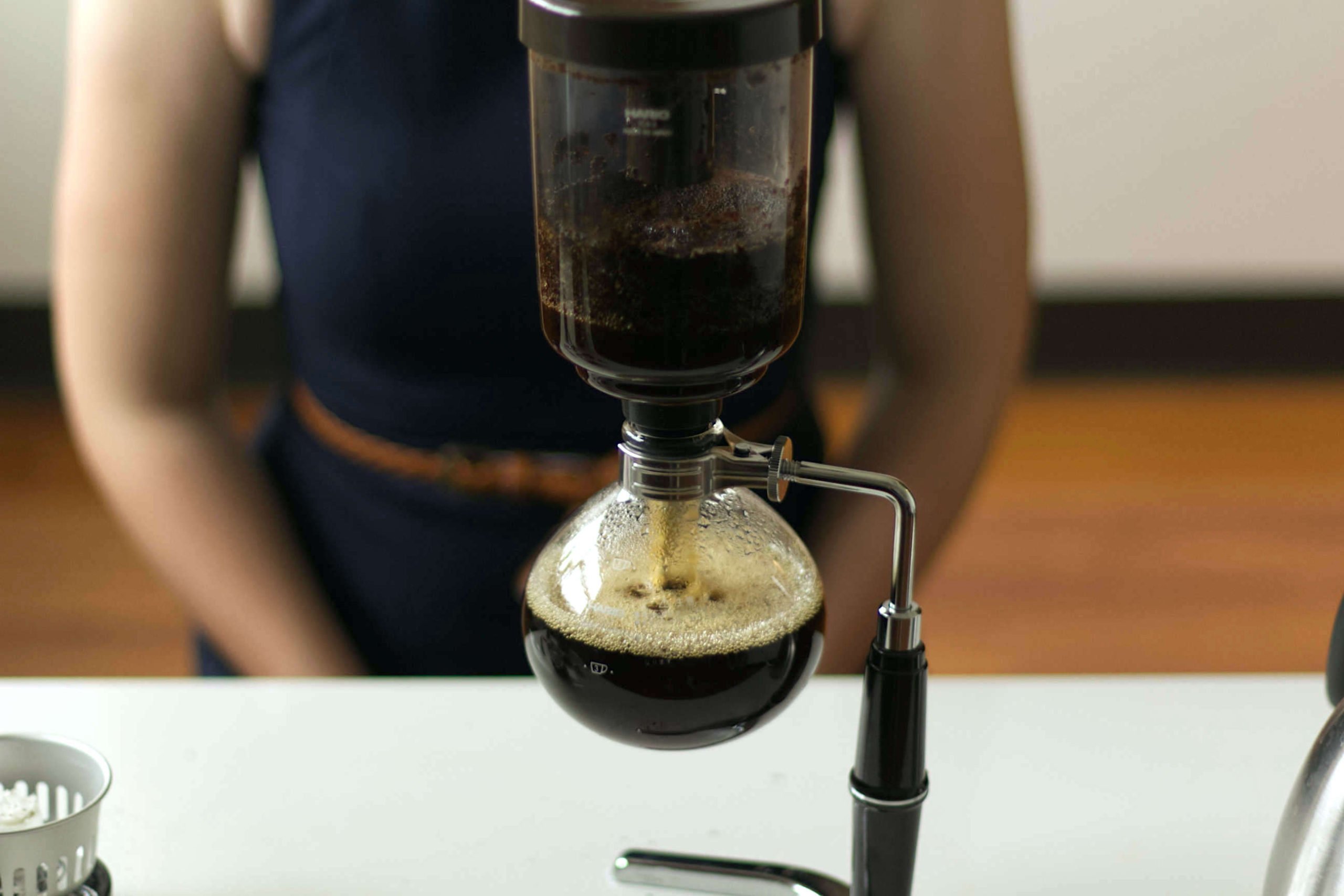
Brew Guide: Syphon Coffee
The history of Syphon began with a french woman in the mid 1800s, who designed a beautiful coffee brewer that was intended to be displayed at dinner parties during the brew. Over the years, companies across the globe have designed and sold their own versions of the Syphon. The stovetop and burner versions, both of which are manufactured in Japan, are the most popular versions available today. For this brew, we’ve used the Hario 5 cup Syphon.
Syphon brewing is rather advanced, and takes roughly 12 minutes.
WHAT YOU NEED
- Coffee
- Syphon
- Coffee
- Filter
- Gooseneck Kettle
- Burr Grinder
- Water
AMOUNTS
- 3 tbsp coffee & 15oz water (3 cup syphon)
- 4 tbsp coffee & 22oz water (5 cup syphon)
- 8 tbsp coffee & 40oz water (8 cup syphon)
- 24 grams coffee & 443 grams water (3 cup syphon)
- 32 grams coffee & 650 grams water (5 cup syphon)
- 64 grams coffee & 1182 grams water (8 cup syphon)
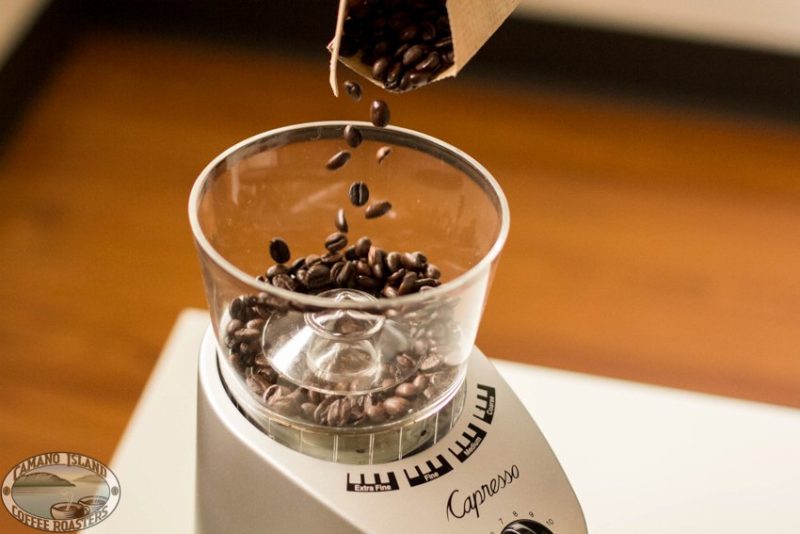
GROUNDS
You’ll need 1 tablespoon of coffee for every 5 ounces of water, ground on a medium grind (a #6 grind on an industrial machine).
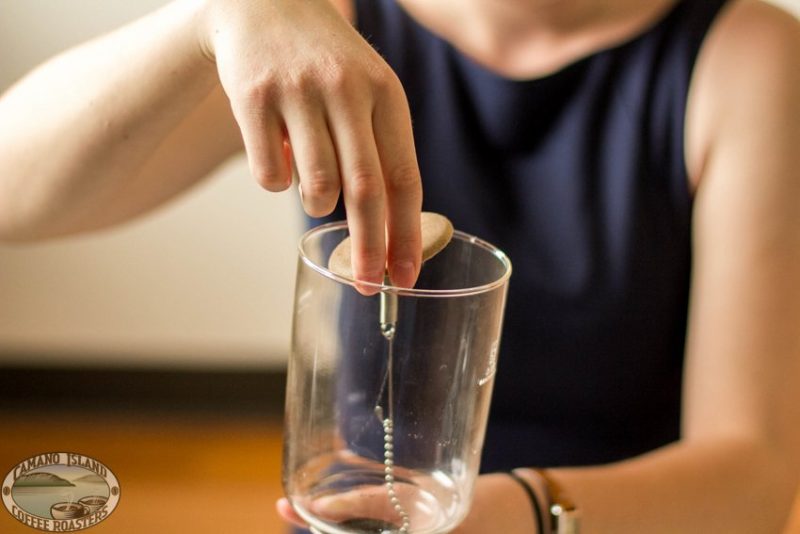
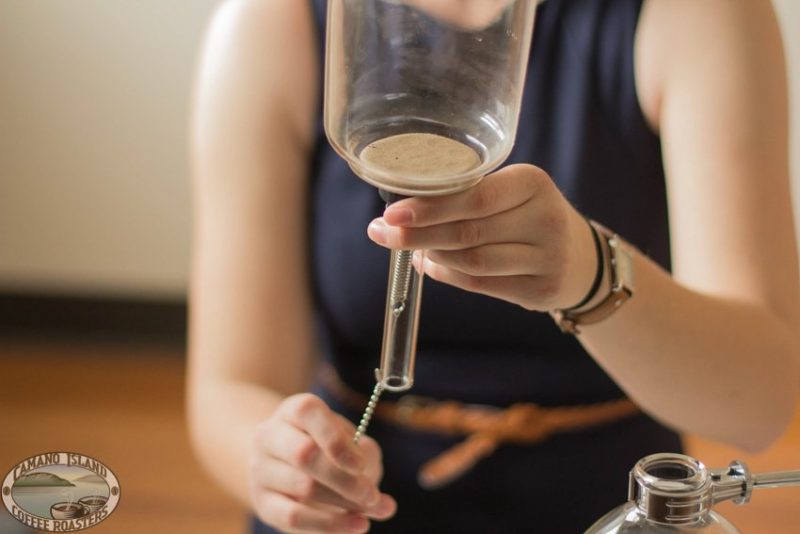
FILTER
To start, you’ll want to assemble your filter. We used a cloth filter on our syphon, but other options are available as well – such as glass, paper, or metal/mesh. If you are using a cloth filter, make sure to soak it in boiling water for a few minutes before your first brew. Drop the filter into the top chamber and use the chain to properly hook it on at the bottom.
ASSEMBLY
Fill the “bulb” or lower chamber up with water to the designated fill line and assemble the syphon (don’t forget to put the lid on the top chamber). Slide your Syphon over the heat source. We are using the small wick burner that came with our Syphon, and have filled it with denatured alcohol (a clean burning fuel), which can be purchased from your local hardware store. You’ll need the wick to be tall enough that the flame touches the bottom of the Syphon.
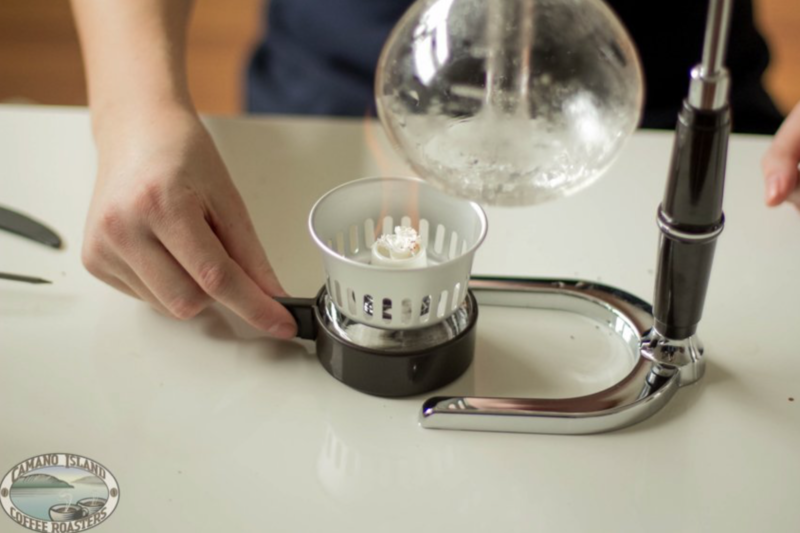
BEGIN BREW
As it heats, the water will start to move up the chain to the second chamber. When all the water has reached the top, pop off the lid and check the temperature. Adjust the heat source accordingly, so your water is approximately 190 degrees.
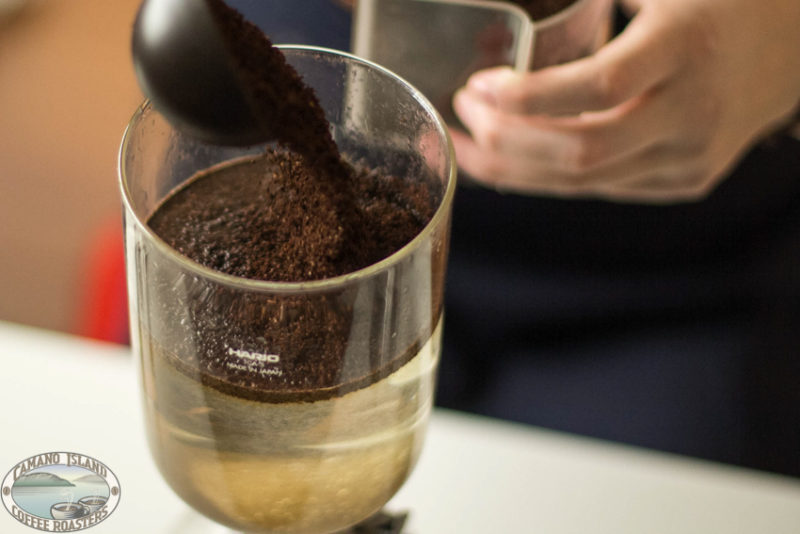
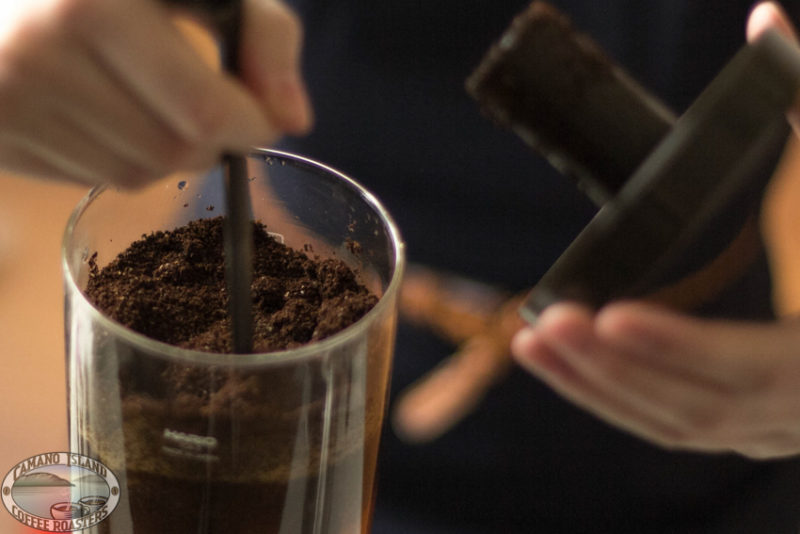
ADDING GROUNDS
Place the grounds into the chamber and use a bamboo paddle or chopstick to give it a quick, gentle stir. Replace the lid and let the coffee steep.
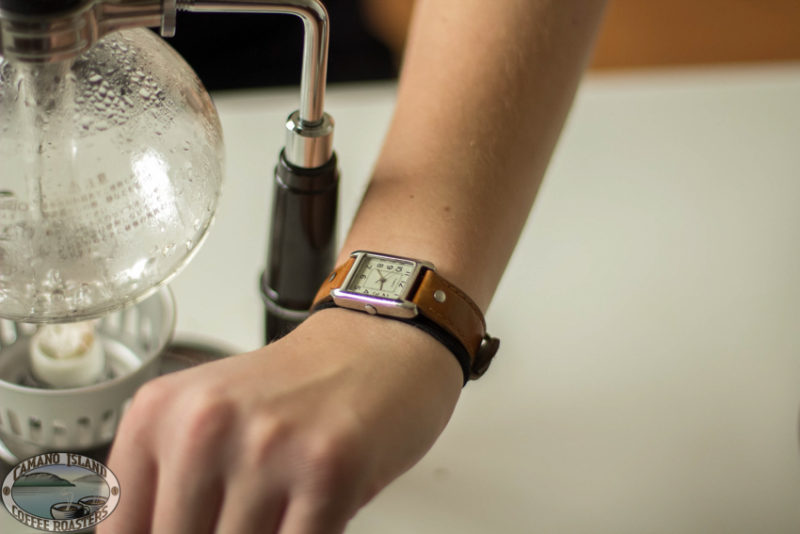
BREWING
For a smaller syphon (3 cup), wait 45 seconds. For a larger one (5-8 cup), wait just over 1 minute.
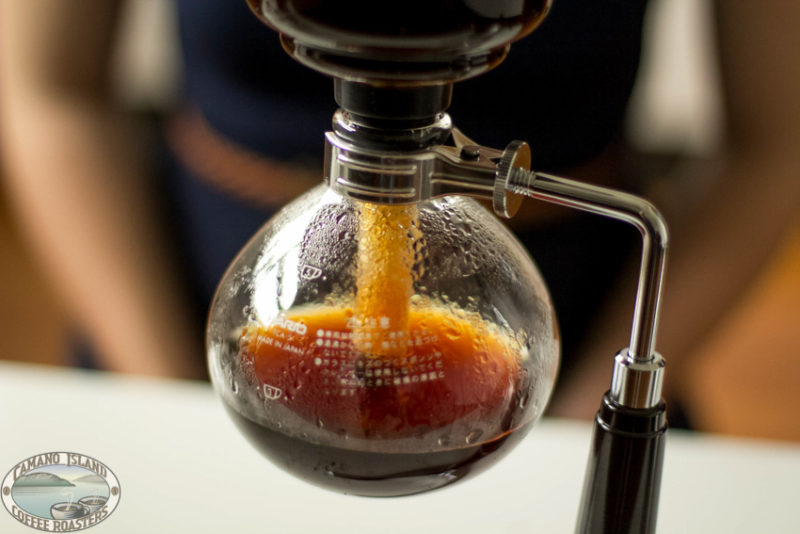
FINISHING BREW
Give the coffee another quick stir and then remove the syphon from the heat source. Soon, the coffee will begin to be pulled back down into the bulb. You will know this process is complete when the grounds have formed a small mound in the upper chamber.
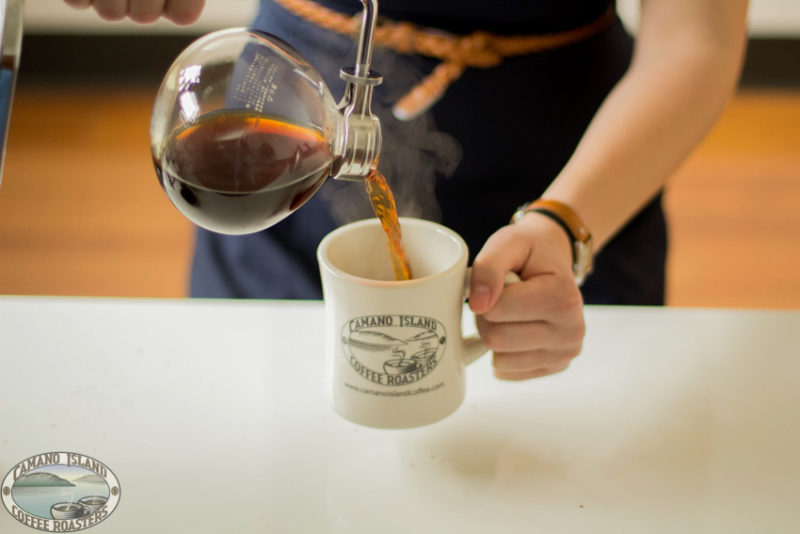
ENJOY
You can now remove the top components and use the bottom carafe to serve your coffee. Enjoy.
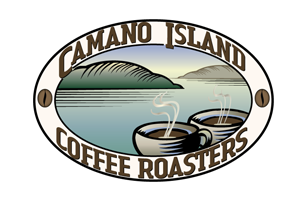
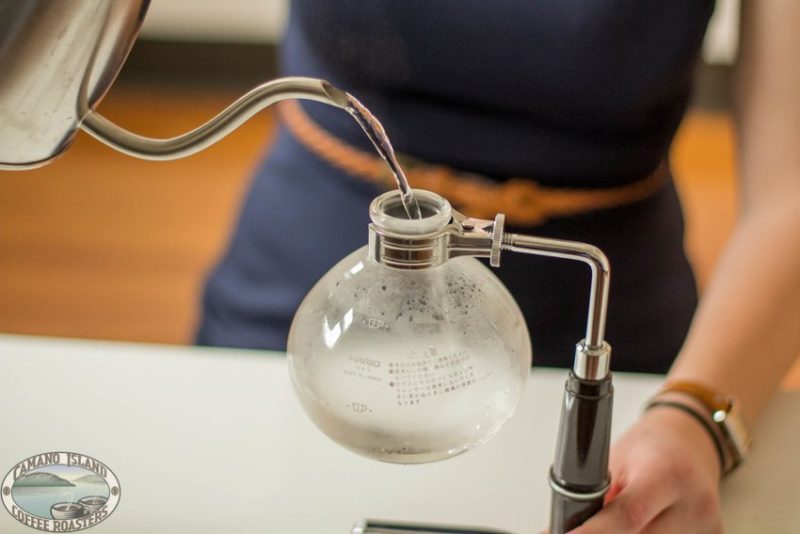
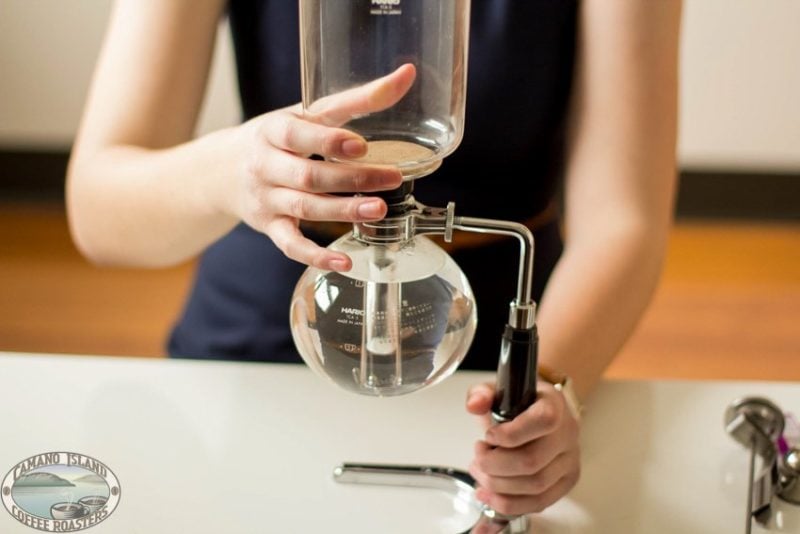
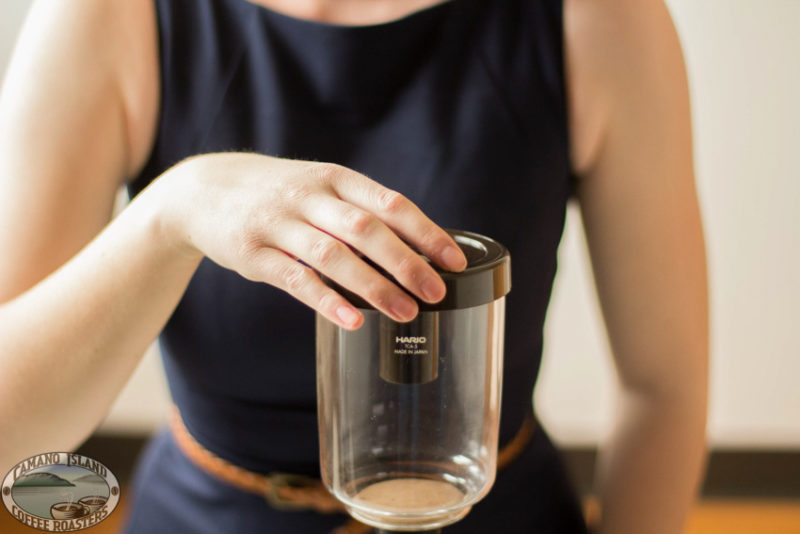
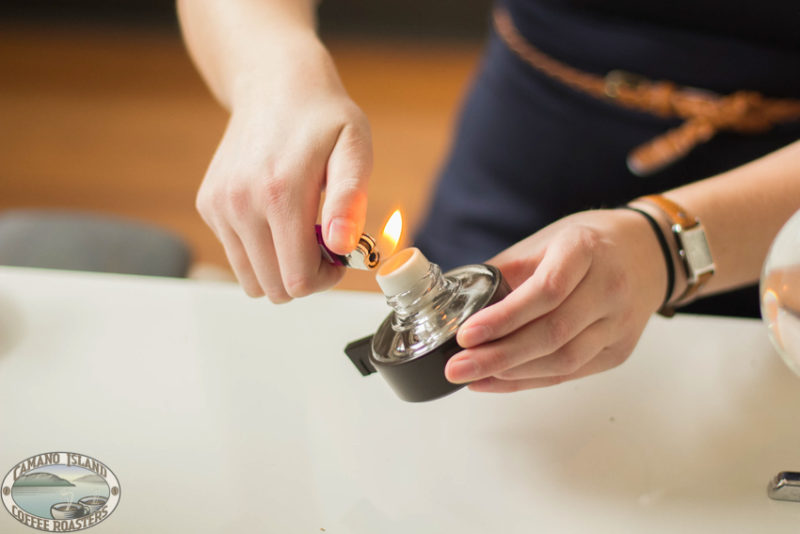
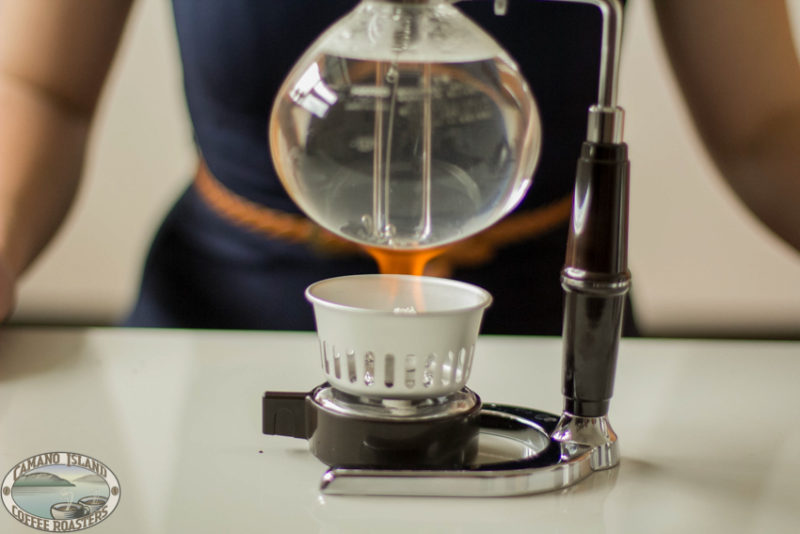
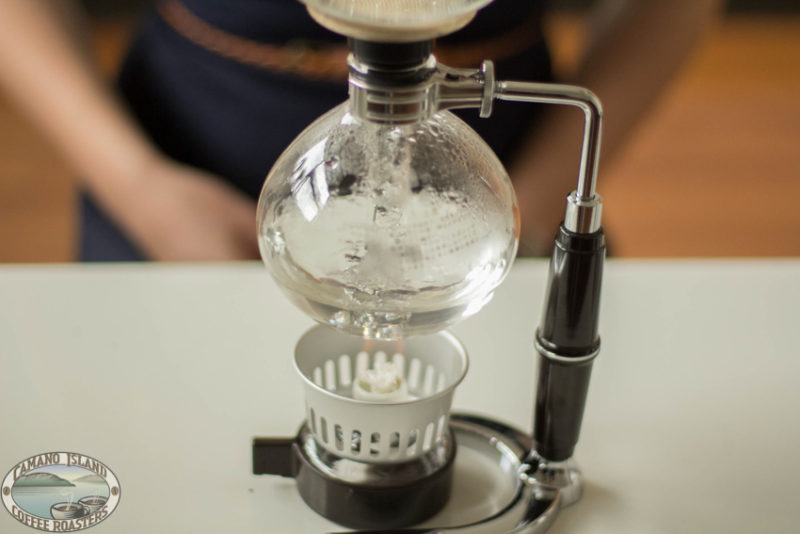
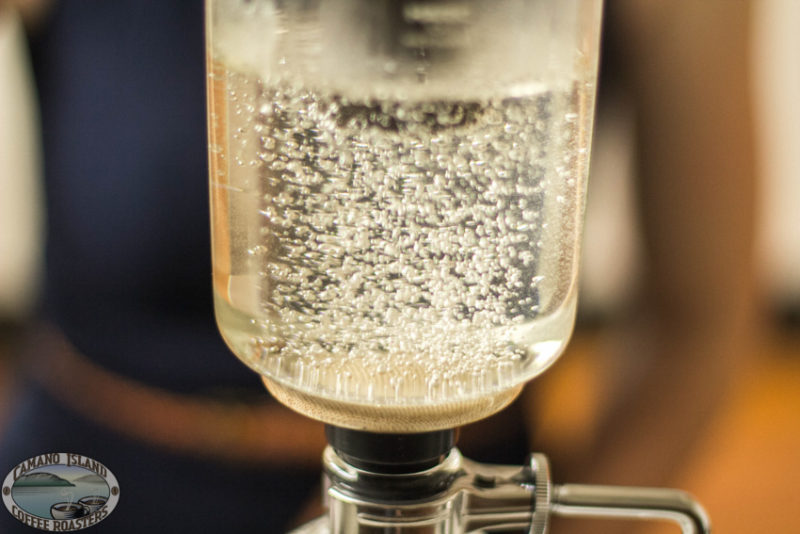
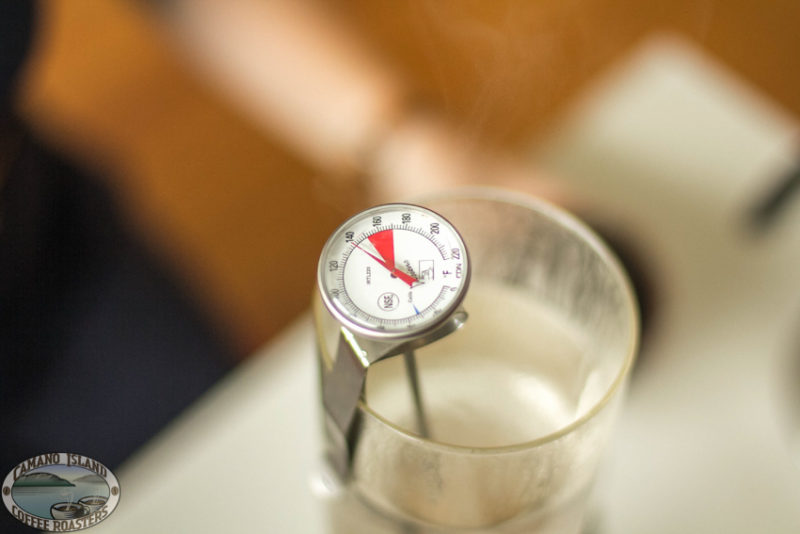
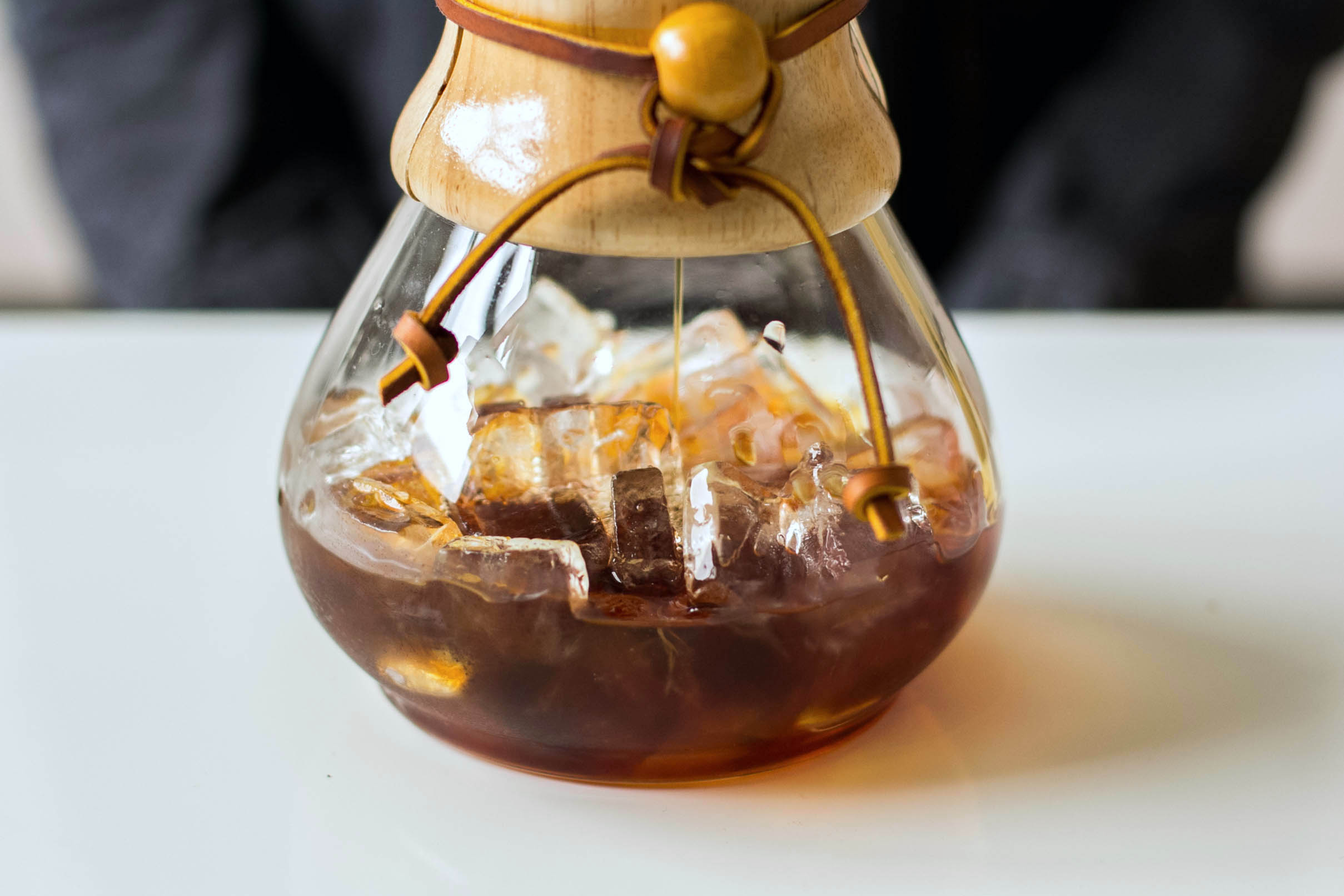
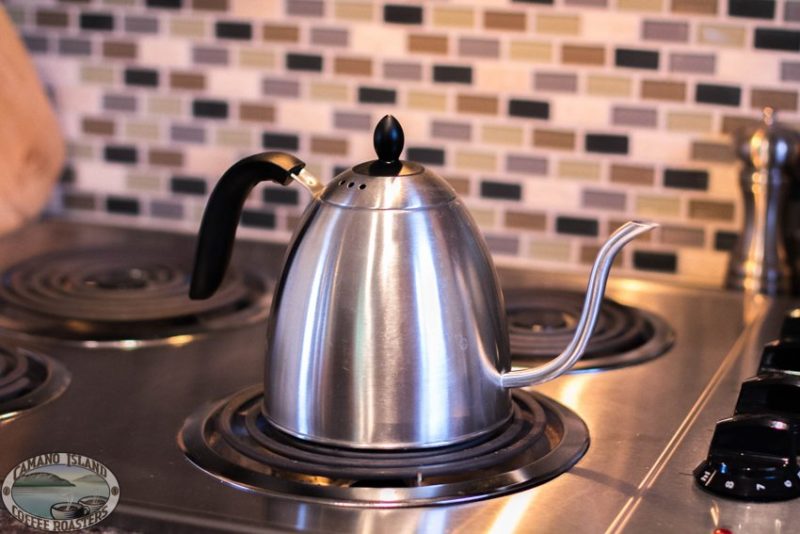
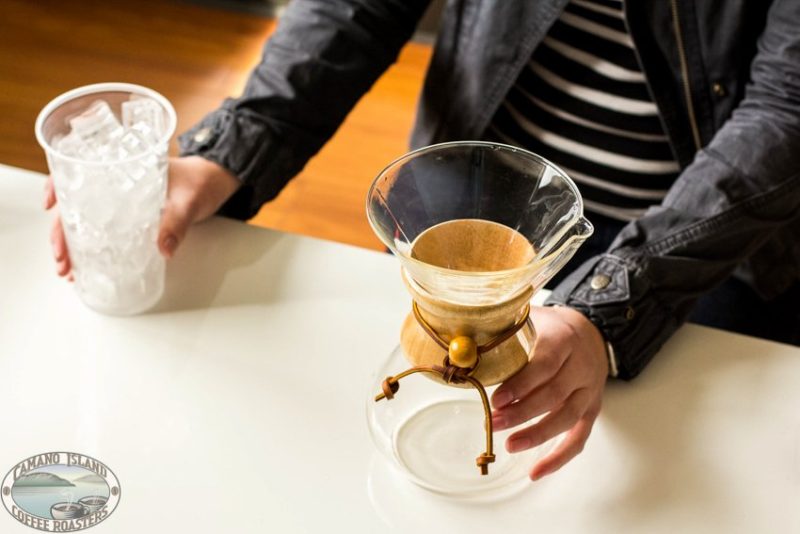
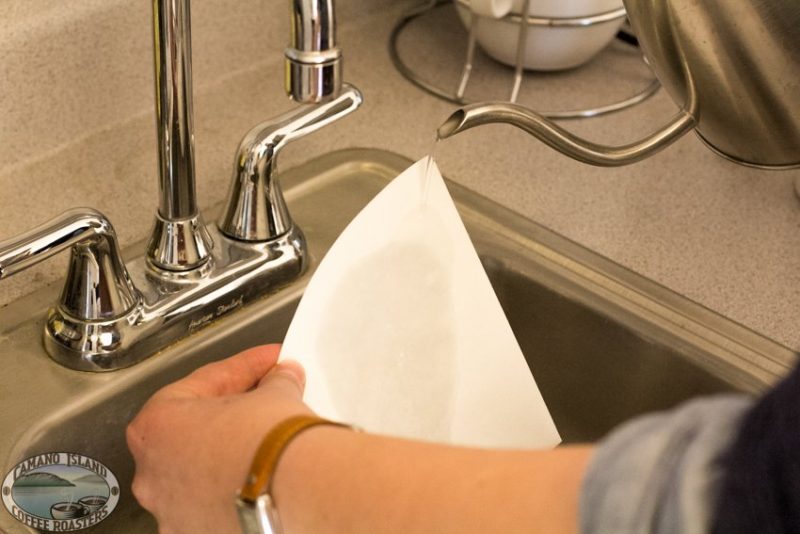
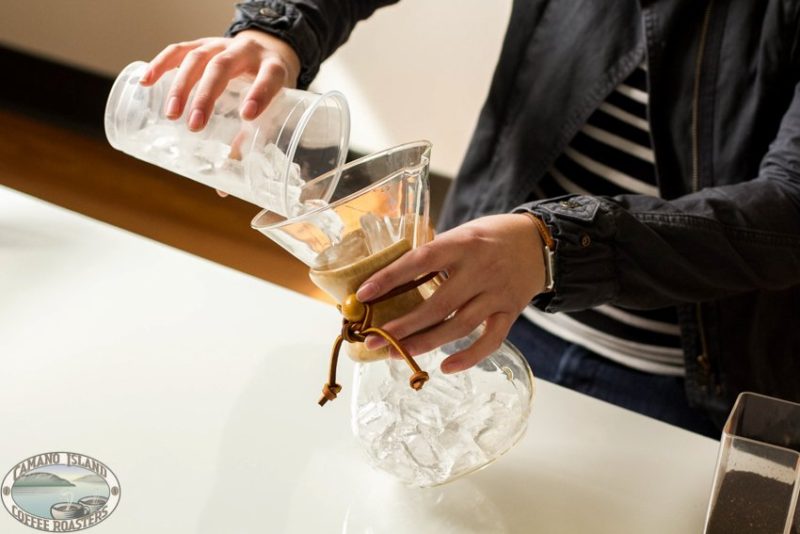
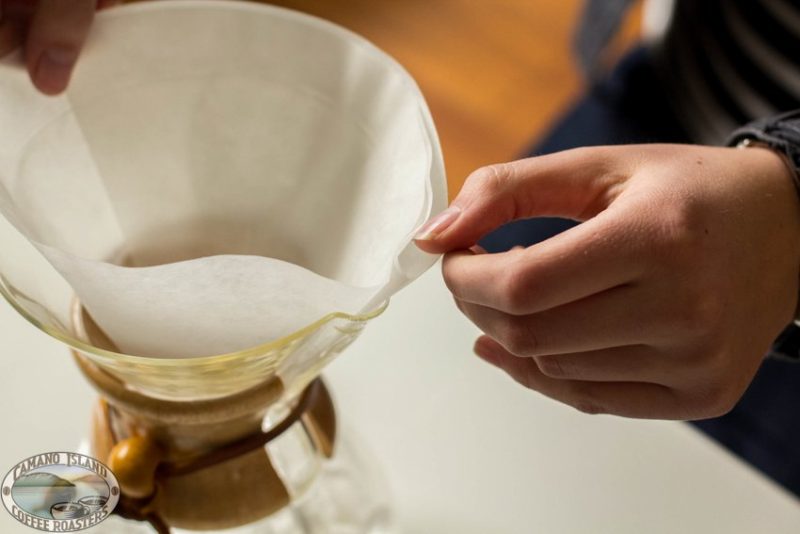
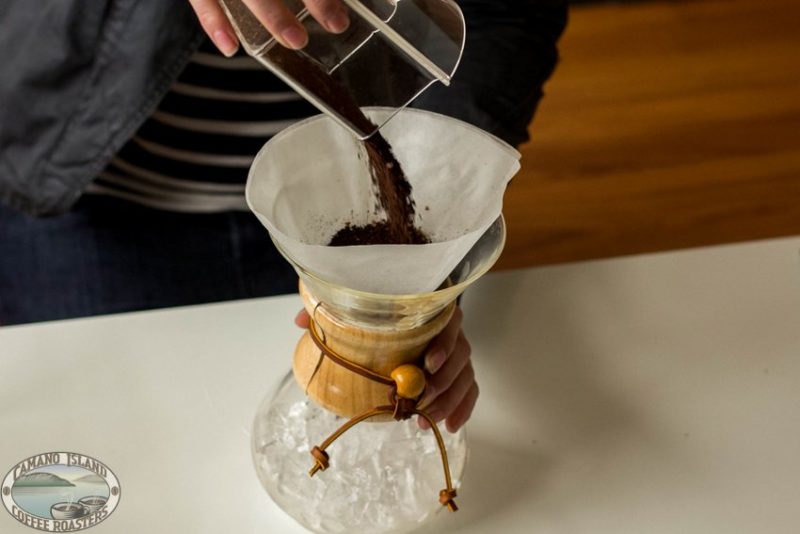
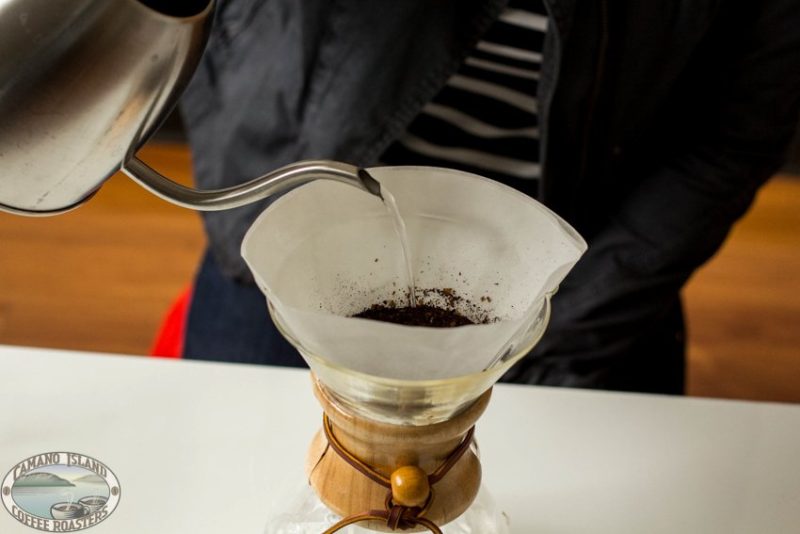
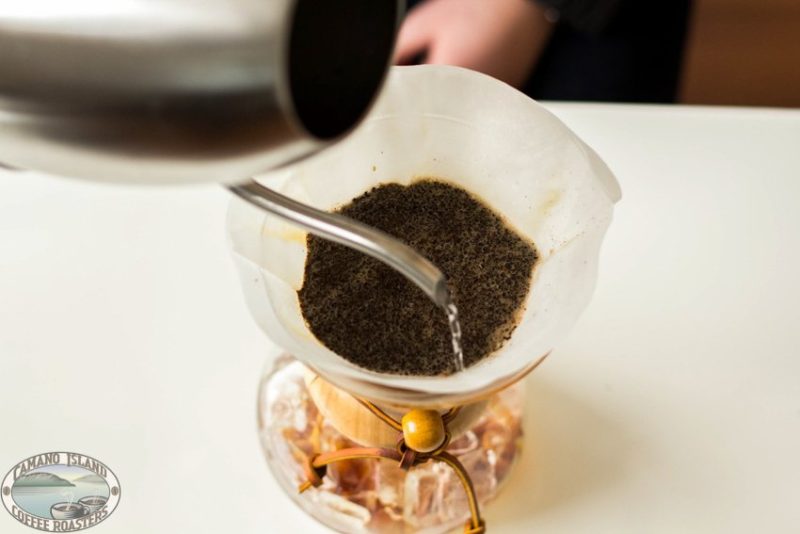
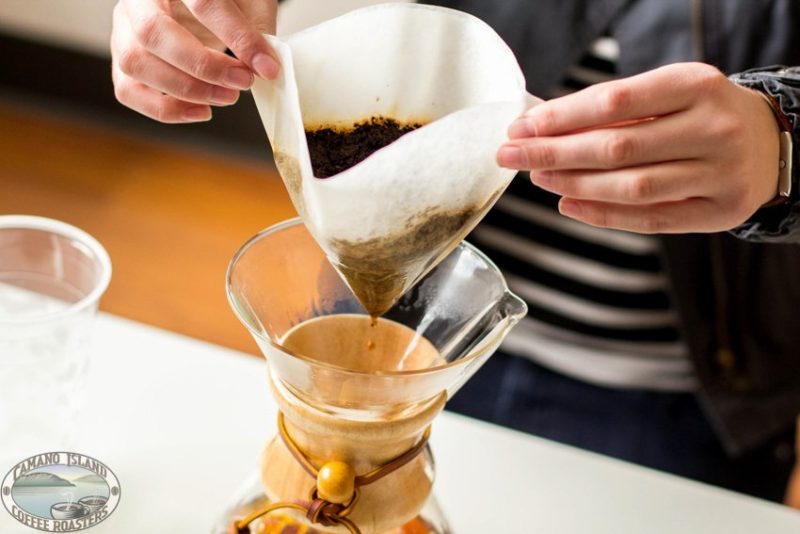
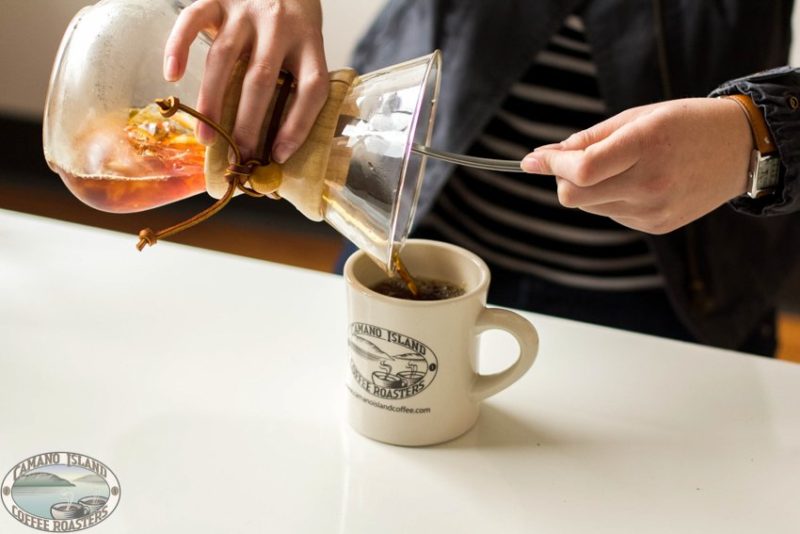
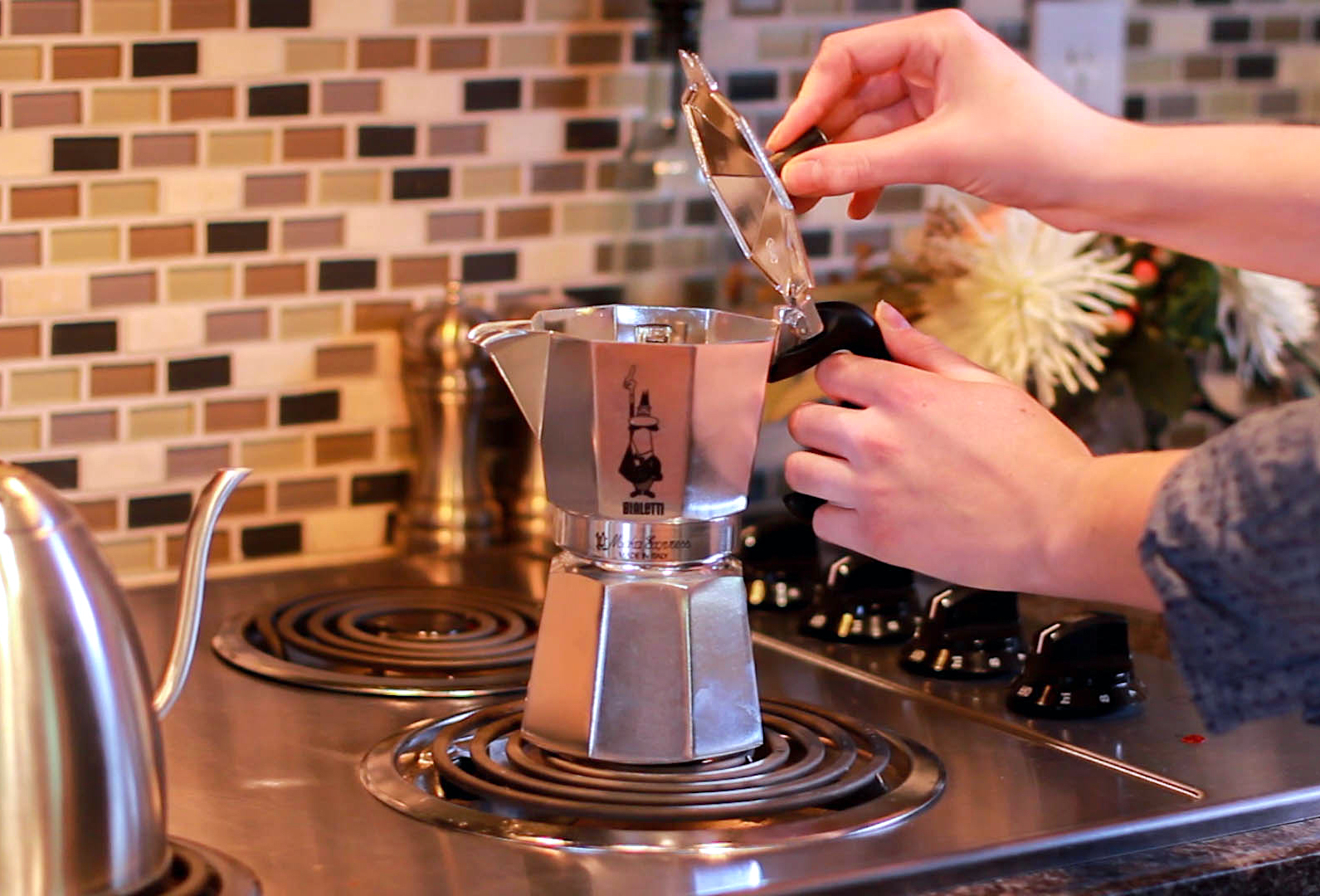
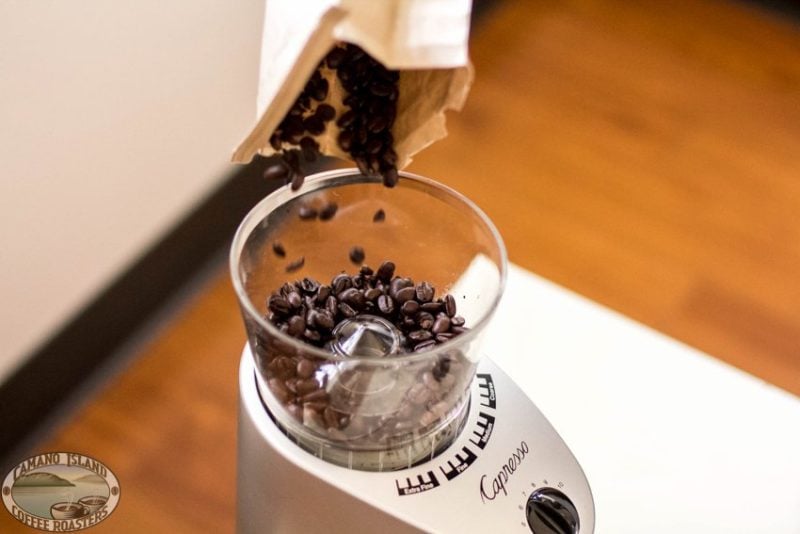
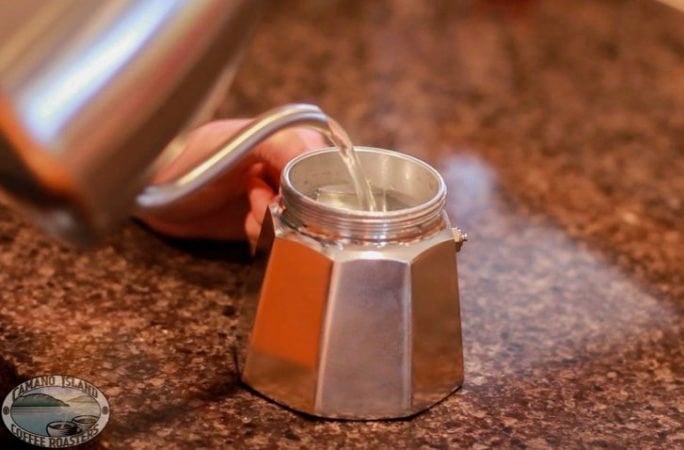
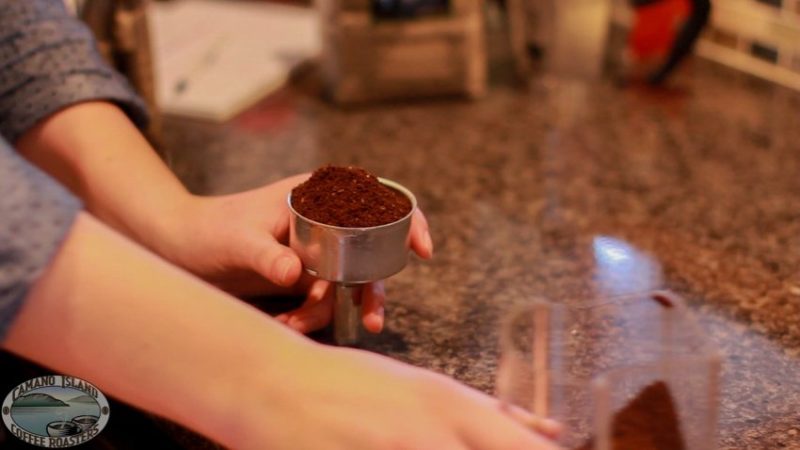
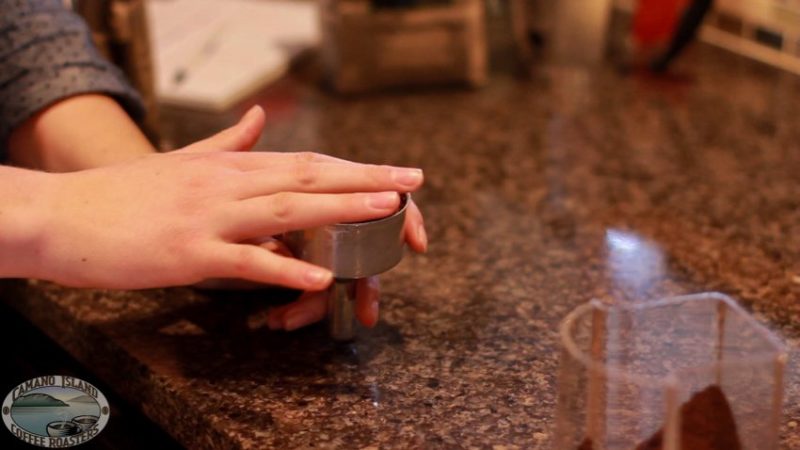
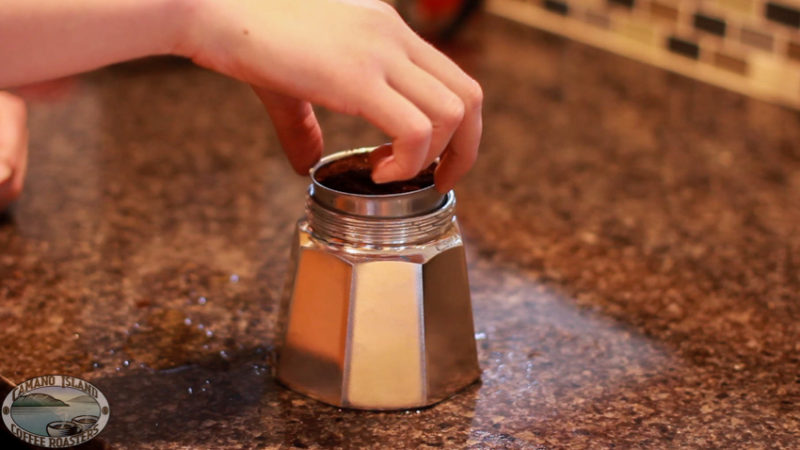
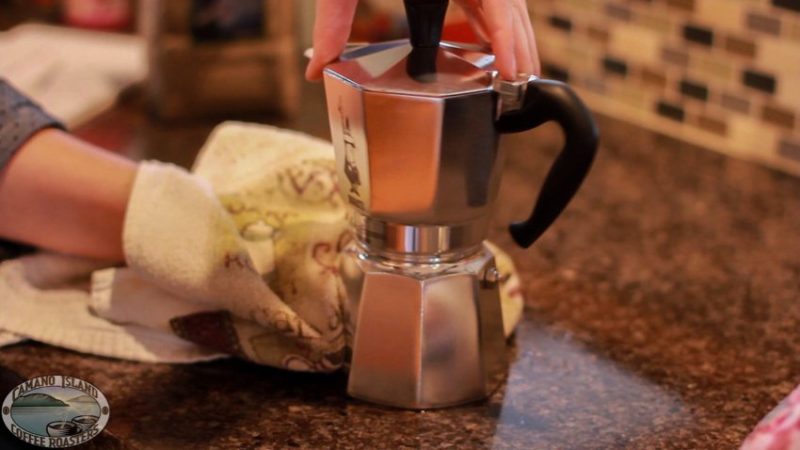
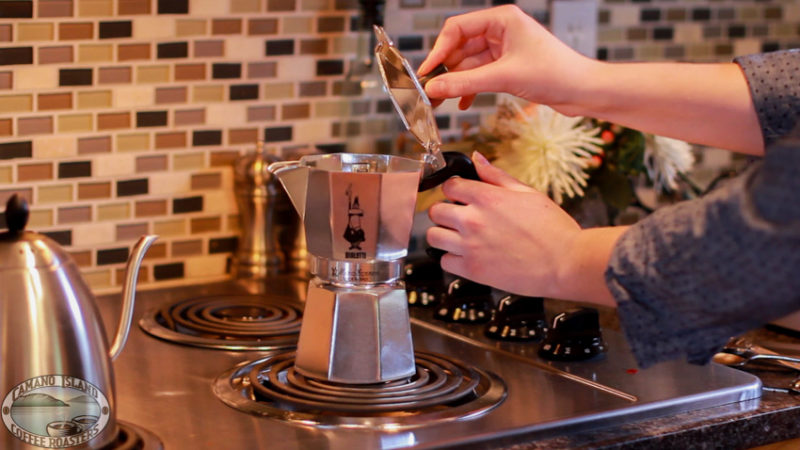
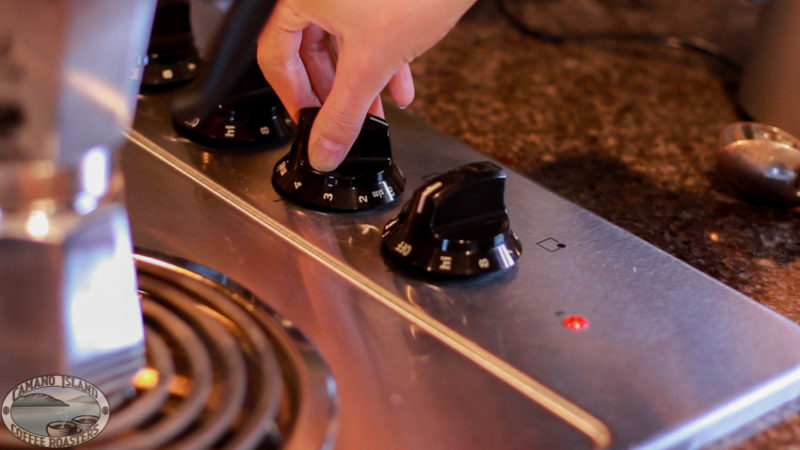
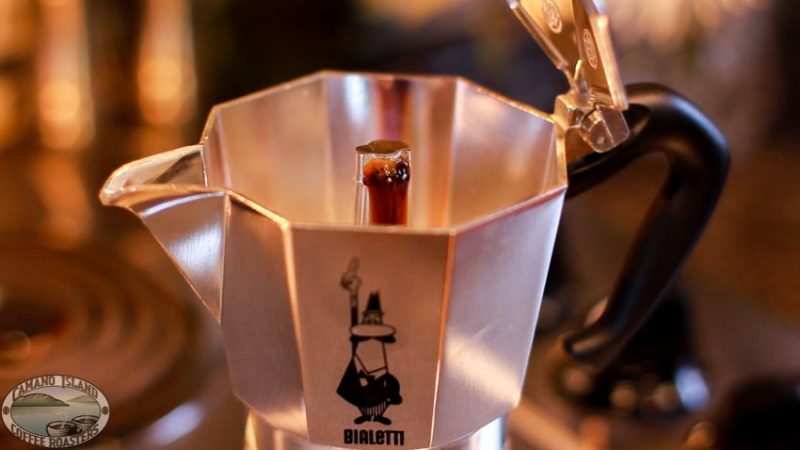
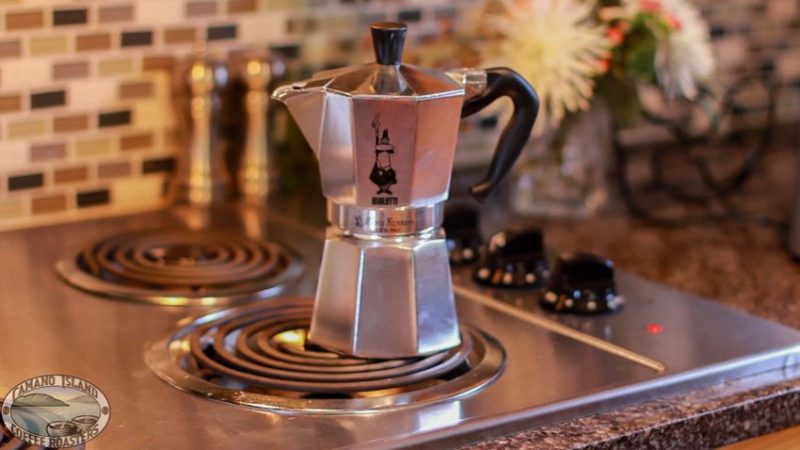
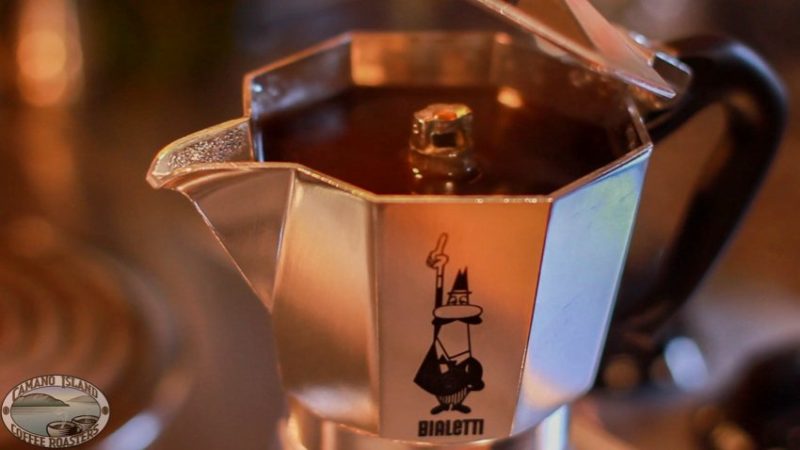
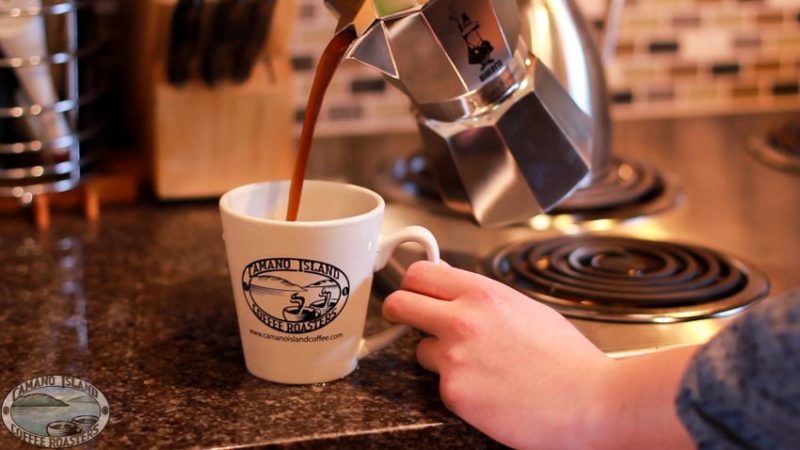
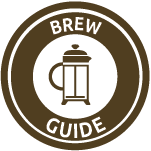
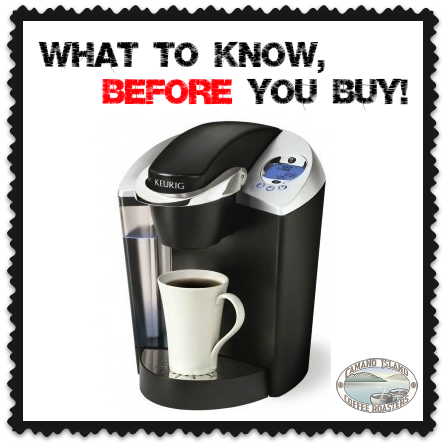
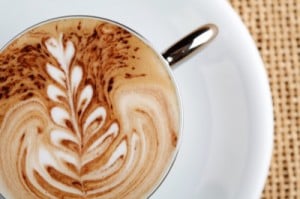
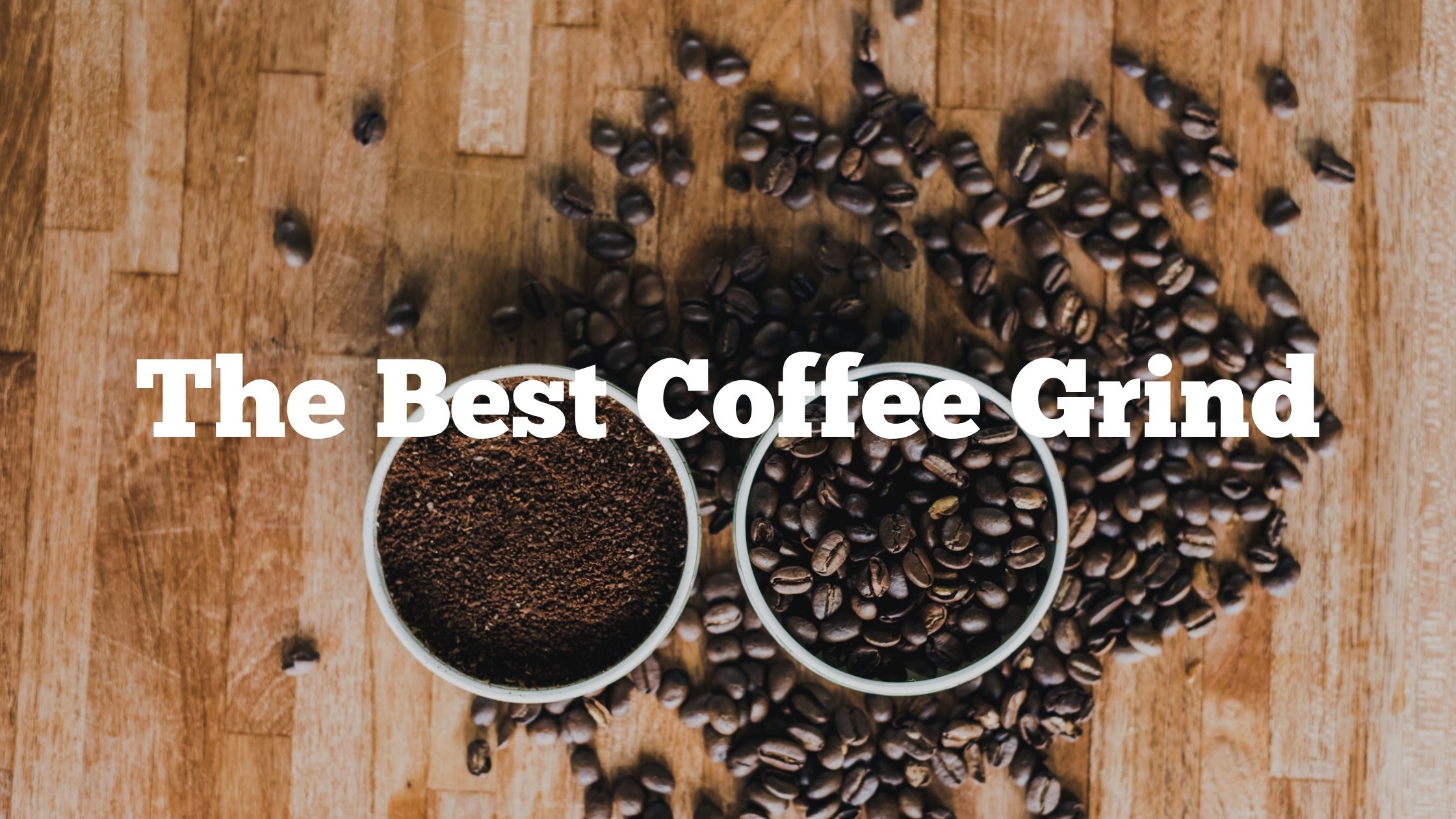
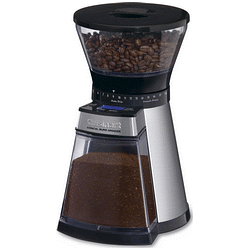
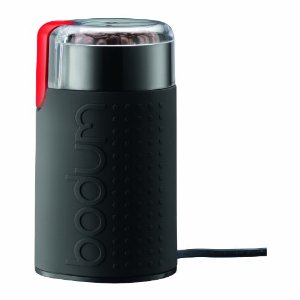
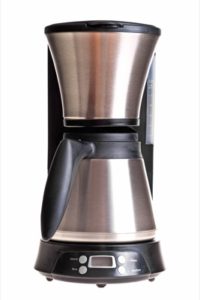

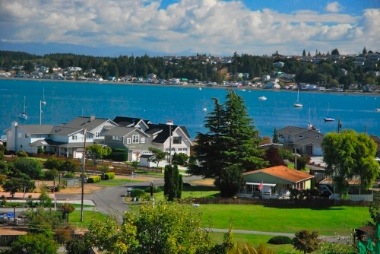
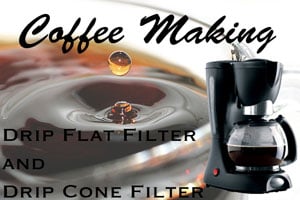
 The Cliff Notes of How to make the best coffee!
The Cliff Notes of How to make the best coffee!